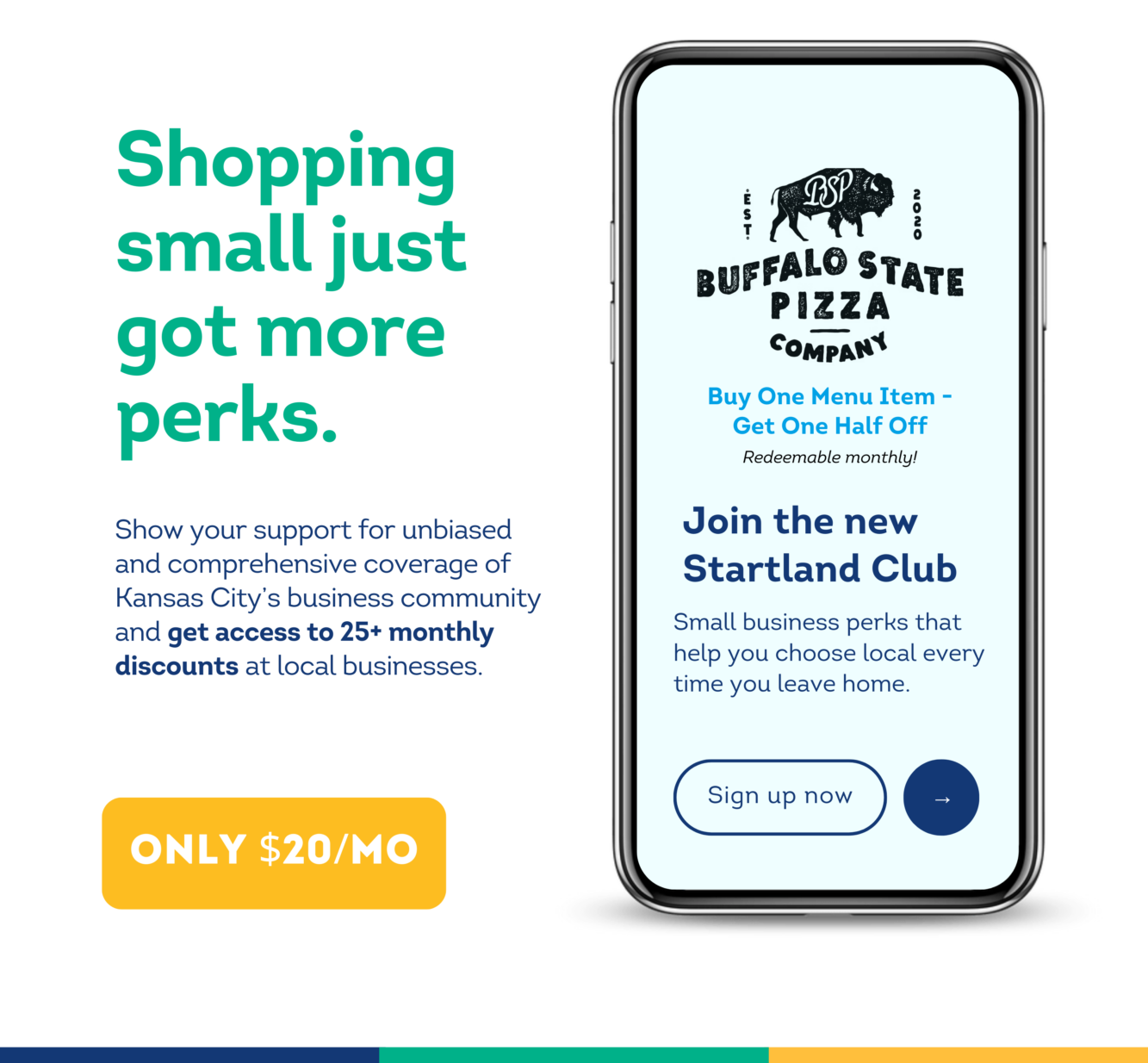Editor’s note: The opinions expressed in this commentary are the author’s alone. Check out more from Grant Gooding here.
Your competitive advantage doesn’t exist anymore.
Not only is this true but the whole concept of “competitive advantage” as you understand it likely doesn’t exist either.
What’s taken its place is a cool new thing called “transient advantage.” Transient advantage is what happens when technology exponentially advances to the point that “cutting edge” perpetually becomes “yesterday’s news.” Maintaining long-term profitability based only on a product or service is almost impossible to do.
Transient advantage, by definition, isn’t sustainable.
Previously, established companies had all the advantage when it came to researching, developing and launching a product or service. From market research to parts manufacturing to advertising and supply chain management, you had to have a big budget just to get off the ground.
Now, it’s possible for nearly anyone to enter the marketplace with an idea and be able to realize many of these logistical advantages. For example, suppliers have innovated cost efficiencies that allow them to produce smaller orders for smaller customers, eliminating market barriers to entry.
So if a business is no longer able to sustain true competitive advantage within its product or service deliverable, how can it survive? It’s not easy, but it can be done.
Sustainable competitive advantage may be dead on the production line, but it’s alive and well in the minds of consumers.
Consider how difficult would it be for a competitor to take “greeting cards” away from Hallmark, “low prices” from Walmart, or “search” from Google. The competitive advantages of these brands are predicated on their ability to create and dominate a category in the mind and therefore the marketplace.
These brands have real competitive advantage in the form of mindshare dominance within their respective industries. This dominance allows them to profit from overall growth of the industry. It allows them to set the rules for what the industry’s innovation looks like. It allows them to change the playing field.
The consumer’s mind is theirs to shape because they create and own their respective industries.
Consider the “affordable airline,” Southwest Airlines. Southwest entered the marketplace asserting they have the cheapest available flights. However, even during their inflight introductions, they now boast that the aren’t the most affordable, but that they provide better, no-hassle service at a low cost.
Despite no longer truly having the competitive advantage on being the cheapest, they are one of the few airlines that regularly make a profit while owning that visceral “affordable” position in our minds.
If you are relying on your product’s functionality to build your brand, you are fighting a losing battle.
Here’s what to focus on instead.
- Identify the emotional needs of your customer.
- Figure out how your product is objectively different relative to available alternatives.
- Align No. 1 and No. 2 to narrow your target market to a specific customer.
If you don’t, you will be forced to rely on communicating a functional competitive advantage that lasts only as long as the next new thing — which these days is hardly any time at all.
Grant Gooding is a brand strategist & CEO of Lenexa-based Proof Positioning, a firm that uses consumer insights to show business owners how to build a powerful brand by knowing, not guessing. Grant is passionate about educating in the areas of entrepreneurship and brand philosophy.






































